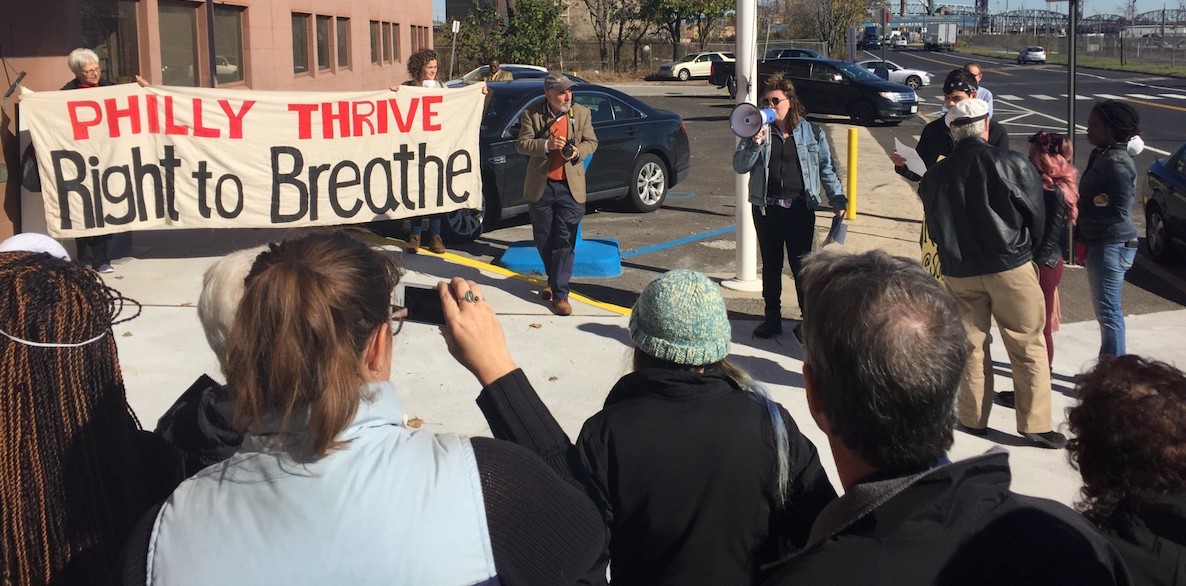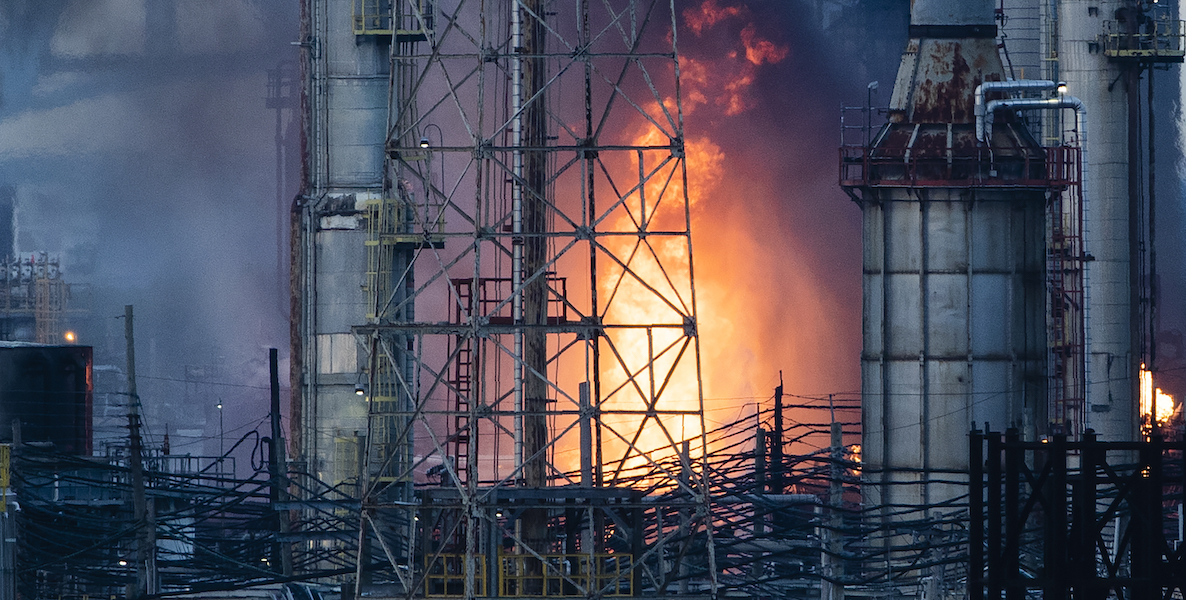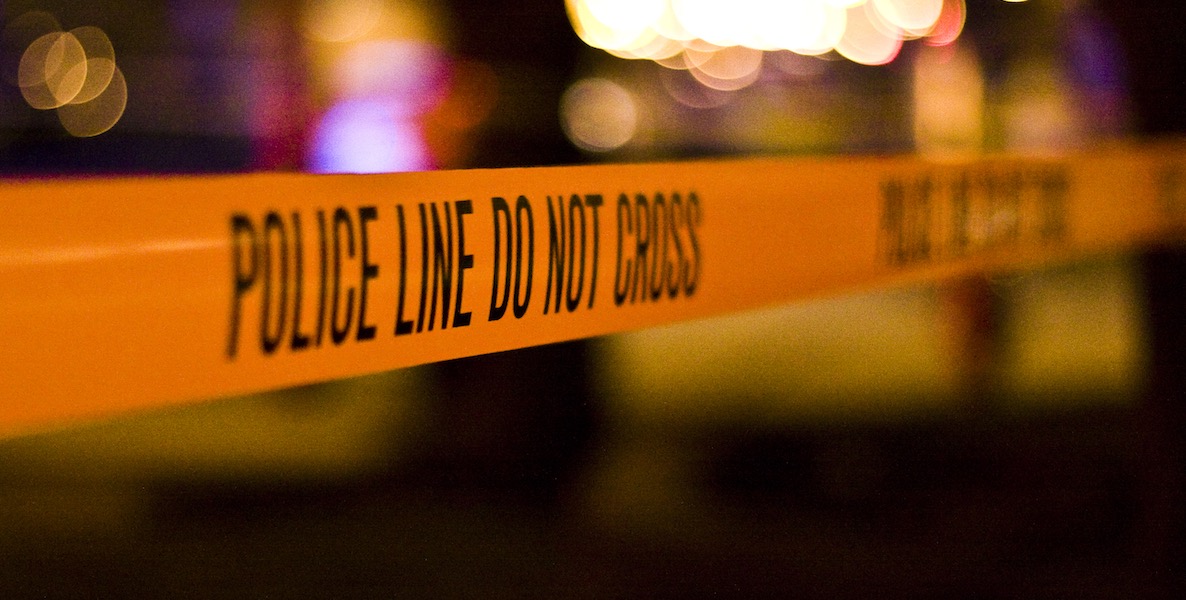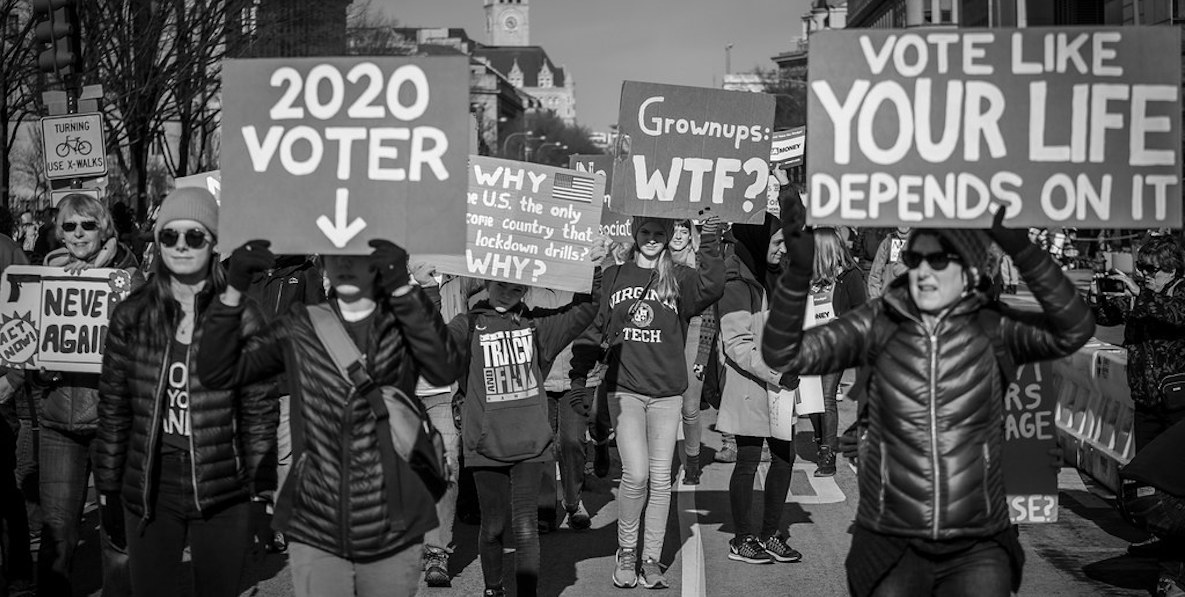Everyone is visibly tired and petrified of rising gun violence in Philly.
The problem: no one either knows what to do about it, or can’t find the political and personal will to get on a collective community same-page and do something really meaningful about it.

When looking at the official Philadelphia police homicide tracker since January 1st, there hasn’t been one day in Philly, yet, where the murder rate was below what it was at that same point last year; indeed, it’s always higher. At the writing of this piece, it’s now 5 percentage points higher than what it was in 2018. The last time it was more than the 180 homicides it is now … was 2012.
In fact, since 2013, there’s been a 43 percent increase in the total number of homicides.
Of course, one murder is way too many. But it should be noted that New York, a city of more than 8 million, is recording its lowest murder rate in decades with about 141 homicides to date.
Philly is an awful cautionary tale in how not to manage gun violence, especially when stacked up against cities much larger than itself these days. There is epic failure on all levels and shared blame everywhere. But perhaps that is not so surprising since we’ve seen this episode play out before. Violent crime waves appear then disappear then reappear after periods of ceasefire. What’s persistent is that conditions in Philly have not changed: After all, 80 percent of gun violence victims, and perpetrators, in Philadelphia are Black men; indeed, a City Health Department report from March showed that homicide is the leading cause of death for African American men between 15 and 34.
And Black men are three times more likely to die before age 20 than their white peers.
![]()
Asking what City Hall is doing about this particular burst of violence might be the wrong question. The better question might be: What is City Hall doing about the conditions and lack of governance that contributes to a violent crime wave like this in the first place? Take the homicide clearance rate, or murders solved, for example. Nationally that rate, as Citizen guest contributor Mark Houldin recently showed, is 60 percent. Philly’s? Only 40 percent.
That tells us there is something fundamentally broken in the way city government is operating. In terms of the clearance rate, we’re then left wondering: Are homicide detectives in Philly incompetent? Are they spending more time shading folks of color on Facebook than doing their jobs? Or is truly solving the violence that devastates neighborhoods not the priority our leaders would like us to think?
Are homicide detectives in Philly incompetent? Are they spending more time shading folks of color on Facebook than doing their jobs? Or is truly solving the violence that devastates neighborhoods not the priority our leaders would like us to think?
That lackadaisical attitude is about on par with how the City addresses other issues that affect mostly Black residents: There’s a lot of finger pointing; a lot of kicking the issue down the road; a lot of condescension. But when it comes to real solutions, we never seem to have enough—money, people, ideas, inclination. Instead, we are asked for more patience, more time, more loss of life and more income—while our leaders play politics and whitewash what’s happening.
It’s not just violence that must be addressed in Philly. We need a clear, accessible and user-friendly strategy. Something that also paints a new vision of what Philly should have been already and what it could become. And we need one that truly fixes what ails Philadelphia’s most vulnerable communities, because you really can’t completely fix it without them. Here are eight places where we can start:
End Food Insecurity in Philly. We’ve talked about this before: Food insecurity rates in Philly are higher than the national average. Neighborhoods with the highest food insecurity rates—and that includes places with a lack of nutritious options—are also neighborhoods with the highest gun violence/homicide rates. The city needs an immediate plan to make quality food more accessible to those who need it.
![]()
Philly Needs Its Own New Deal. There really isn’t anyone in Philly, including city government, that’s giving a regular, annual, authoritative check-up on citywide unemployment and labor force participation, particularly for its Black communities. The last good snapshot of how that population is faring for work was Philadelphia Works in 2016, where the Black unemployment rate was pegged at nearly 18 percent—more than four times the citywide rate—only 2.5 percent of businesses in the Philly region are Black-owned. We need a Philly New Deal with real ideas to spur employment; aggressively create Black businesses (that would hire folks in their community); and maybe even consider a sliding scale Universal Basic Income program in the region.
Re-imagining Philly’s Broken School System. Let’s stop pretending we magically fixed Philly’s school system when the city took it back from the state. The city’s school system is still in a shambles; anytime your adult illiteracy rate is 25 percent, your student math proficiency rate is 20 percent and you still can’t put something as simple as AC units in your classrooms, you’ve got issues. So, it’s truly been time for Philly to radically transform its students into “scholars.” Transition from K-12 and partner up with local universities for universal K-14. Reinstitute a heavy emphasis on the trades—with special emphasis on benefiting from the “green economy.” And increase the number of Black teachers in a Black-majority school system to make it truly culturally-competent while linking teacher/administrator pay to Black student outcomes. While at it, reboot and revive the city’s library system, some of the most long-standing natural safe havens Philly has ever had.
![]()
That lackadaisical attitude is about on par with how the City addresses other issues that affect mostly Black residents: There’s a lot of finger pointing; a lot of kicking the issue down the road; a lot of condescension. But when it comes to real solutions, we never seem to have enough—money, people, ideas, inclination.
End Jim Crow in Philly—For Both Homeowners and Renters. Philly has an affordable housing and “affordable living” crisis causing unnecessary distress and displacement. It’s also exacerbating the city’s racial segregation. Philly should be more deliberate about upgrading its neighborhoods without pushing its more vulnerable citizens around, with neighborhood-forward planning, engaging residents in the process of development, not foisting it on them. Everyone deserves to benefit from gentrification—and from the safer neighborhoods that go along with affordable, stable housing.
Convince Eds and Meds To Start Investing In Philly Beyond Its Business Core. Philly ranks at the bottom of metropolitan regions attracting venture capital investment, which is a problem and is one reason for its the lack of diverse small business development. And it makes absolutely no sense considering the wealth of major academic and medical research and innovation institutions in the City. The combined endowments of top-tier universities inside Philly limits is over $16 billion, of which, on average, they only use 4 to 5 percent annually. The city’s leaders and advocates should stop playing footsy with Philly Eds and Meds and really press that lucrative community to make major community investments: Let’s start with a preference for Philly’s young people, from building out a new universal K-14 program to making it affordable for them to attend the schools.
Fix Philly’s Unhealthy Environment. Reduce air pollution, reduce urban heat islands, plant more trees, clean up the trash. Studies show direct links between bad air quality, bad water quality, bad environment and violent crime. Just planting more trees in distressed neighborhoods and creating more shade through “tree canopies” reduces violent crime by 12 percent—yes, 12 percent. Philly needs a revolutionary citywide, all-hands on deck anti-trash effort. That’s low-hanging fruit. And it needs a full commitment to reduce industry-related air pollution—instead of adding more methane-leaking gas plants, as the Mayor and City Council have planned.
Dramatically Increase Voter Turnout (& Lower the Voting Age to 16 While At It). Lack of effort and results from City Hall and Harrisburg is also due to lack of effort from residents who don’t vote. Philly doesn’t really turn out for local elections. There are no real electoral consequences for city leaders when they don’t act effectively on issues like gun violence. Make these issues an electoral existential threat to the city’s political machine. Voter participation and turnout is the lowest in the areas with the highest gun violence. Reverse that. Make it a key issue in the next set of local elections, get people registered, and increase the turnout from an average 25 percent to no less than 70 percent. That will send a signal that Philly won’t tolerate gun violence perpetrators and it certainly won’t tolerate ineffective politicians who aren’t taking this issue as seriously as they should.
Finally, Philly’s Homicide Clearance Rate Sucks—So, Fix It. A forty percent arrest rate means hundreds of murders go unsolved, with the perpetrators out there at risk of retaliation or additional shootings. Commissioner Ross, D.A. Krasner, Mayor Kenney—real leadership would have a comprehensive plan that begins now.
Photo via Wikimedia Commons







